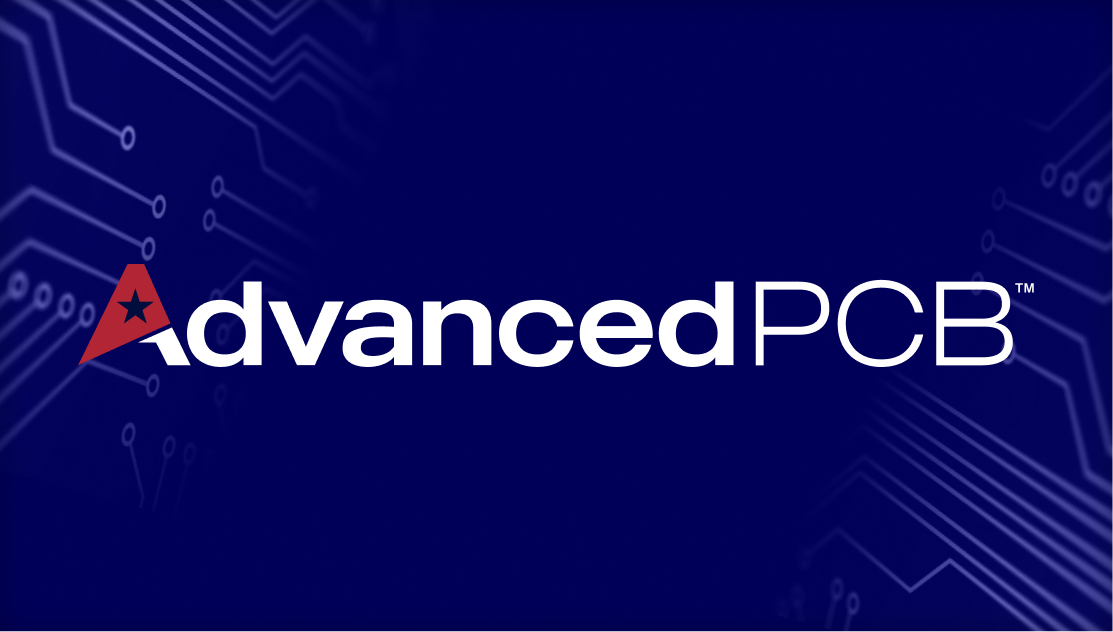Protecting Printed Circuit Boards from Surges

.jpg)
Protecting the components on your printed circuit boards from the elements is important in order to maintain the standards you set for quality and performance. Most protection on PCBs is used to guard against the elements such as high temperatures and humidity. However, at times electromagnetic interference and other forces can generate transients that can destroy components. There are different types of surges that can occur, which is why it is important to understand how to best protect your PCBs during the design phase.
- Electrostatic Discharge – Also known as ESD, electrostatic discharge is the most common surge. It is caused by a buildup of charge on the equipment or people near it and can produce a surge that damages or destroys semiconductor components.
- Electrical Fast Transient – EFT bursts happen when an inductive load is opened. Inductors store energy and when the circuit is opened the energy is released, which can also have damaging effects.
In addition to these two types of pulses, electromagnetic interference, lightning and other forces can all disrupt electronics. Developing PCB designs that protect against these surges help engineers maintain circuit integrity and efficiency in the application.
Improving Quality of Printed Circuit Boards
The quality of your printed circuit boards depends on their design and implementation. Using specific materials and laminates and efficiently spacing components allows you to get PCBs that will work in your application. It is important to research a PCB manufacturer before placing your order to ensure that you work with industry leaders that can help you get the boards you need while you are on deadline for your project. To learn more about your options for designing and ordering PCBs, contact a representative at AdvancedPCB.

AdvancedPCB
Related Posts

Future trends of the circuit board

2-Layer vs. 4-Layer Printed Circuit Boards
